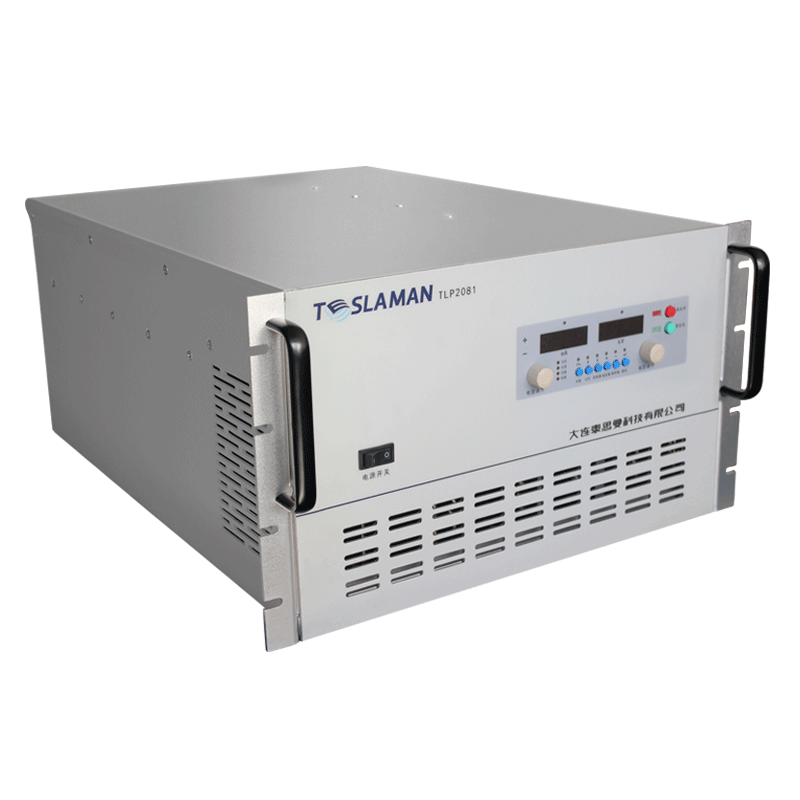Key Technologies of High-Voltage Generators in Scientific Research Experiments
In the field of cutting-edge scientific research, many experiments need to be carried out under extreme conditions. High-voltage generators, with their ability to generate high voltages and strong electric fields, have become crucial equipment for advancing scientific research. From materials science to physical chemistry, from biomedicine to high-energy physics research, technological breakthroughs in high-voltage generators profoundly influence the accuracy and outcomes of experiments. Their key technologies cover multiple dimensions, directly determining the feasibility and effectiveness of scientific research experiments.
1. High-Voltage Output and Stability Control Technology
The core function of a high-voltage generator is to convert conventional voltage into the high voltage required for scientific research experiments, typically ranging from several thousand volts to several million volts. This relies on the collaborative design of power electronic devices and topological structures. At the device level, the use of silicon-based power devices, wide-bandgap semiconductor materials (such as silicon carbide and gallium nitride), etc., can significantly enhance the voltage withstand capability and switching speed of high-voltage generators. In terms of topological structures, series resonance and cascaded multilevel topologies are widely used, which can effectively reduce voltage ripple and improve the stability of the output voltage.
In addition, to ensure the accuracy and repeatability of experimental data, voltage stability control technology is of vital importance. By introducing high-precision voltage feedback loops, combined with PID control algorithms or adaptive control strategies, the output voltage can be monitored and adjusted in real-time, limiting voltage fluctuations to a minimum and meeting the stringent requirements for voltage stability in precise experiments.
2. Insulation and Protection Technology
As the output voltage increases, insulation becomes a key challenge in the design of high-voltage generators. High-voltage generators used in scientific research experiments often adopt composite insulation technology, combining gas insulation (such as sulfur hexafluoride), liquid insulation (insulating oil), and solid insulation materials (epoxy resin, polytetrafluoroethylene) to form a multi-layered, multi-dielectric insulation system, effectively preventing surface flashover and breakdown.
At the same time, considering the hazards of high-voltage experiments, comprehensive protection technologies are essential. High-voltage generators are equipped with overvoltage and overcurrent protection circuits, as well as electromagnetic shielding devices. These not only can quickly cut off the power supply in case of anomalies but also reduce the impact of electromagnetic interference on experimental instruments and data acquisition systems, ensuring the safety of experimenters and the reliability of experimental data.
3. Intelligent Control and Parameter Adjustment Technology
Modern scientific research experiments demand higher control precision and flexibility from high-voltage generators. Intelligent control technology, through the integration of microprocessors and programmable logic controllers (PLCs), enables remote control, real-time parameter adjustment, and status monitoring of high-voltage generators. Researchers can flexibly adjust parameters such as output voltage, pulse frequency, and duty cycle through a computer interface according to experimental requirements.
In addition, combined with artificial intelligence algorithms, high-voltage generators can automatically optimize operating parameters based on experimental data. For example, in the study of material breakdown characteristics, machine learning algorithms can analyze experimental data and automatically adjust the voltage rise rate and pulse waveform to obtain more accurate experimental results, improving experimental efficiency and research depth.
4. Multi-Mode Output Technology
Different scientific research experiments have diverse requirements for the output modes of high-voltage generators. To meet various experimental scenarios, high-voltage generators have developed multiple output modes, including DC high voltage, AC high voltage, and pulsed high voltage. In plasma physics experiments, pulsed high-voltage output can generate instant high-energy discharges to excite the plasma; while in the performance testing of dielectric materials, DC high-voltage output can stably apply an electric field to study the insulation properties of materials. By flexibly switching output modes, high-voltage generators have greatly expanded their application scope in scientific research experiments.
In conclusion, the key technologies of high-voltage generators in scientific research experiments involve multiple aspects such as voltage output, insulation protection, intelligent control, and multi-mode output. With the continuous upgrading of scientific research needs, these technologies will continue to innovate, providing more reliable and efficient experimental conditions for cutting-edge scientific research.




















